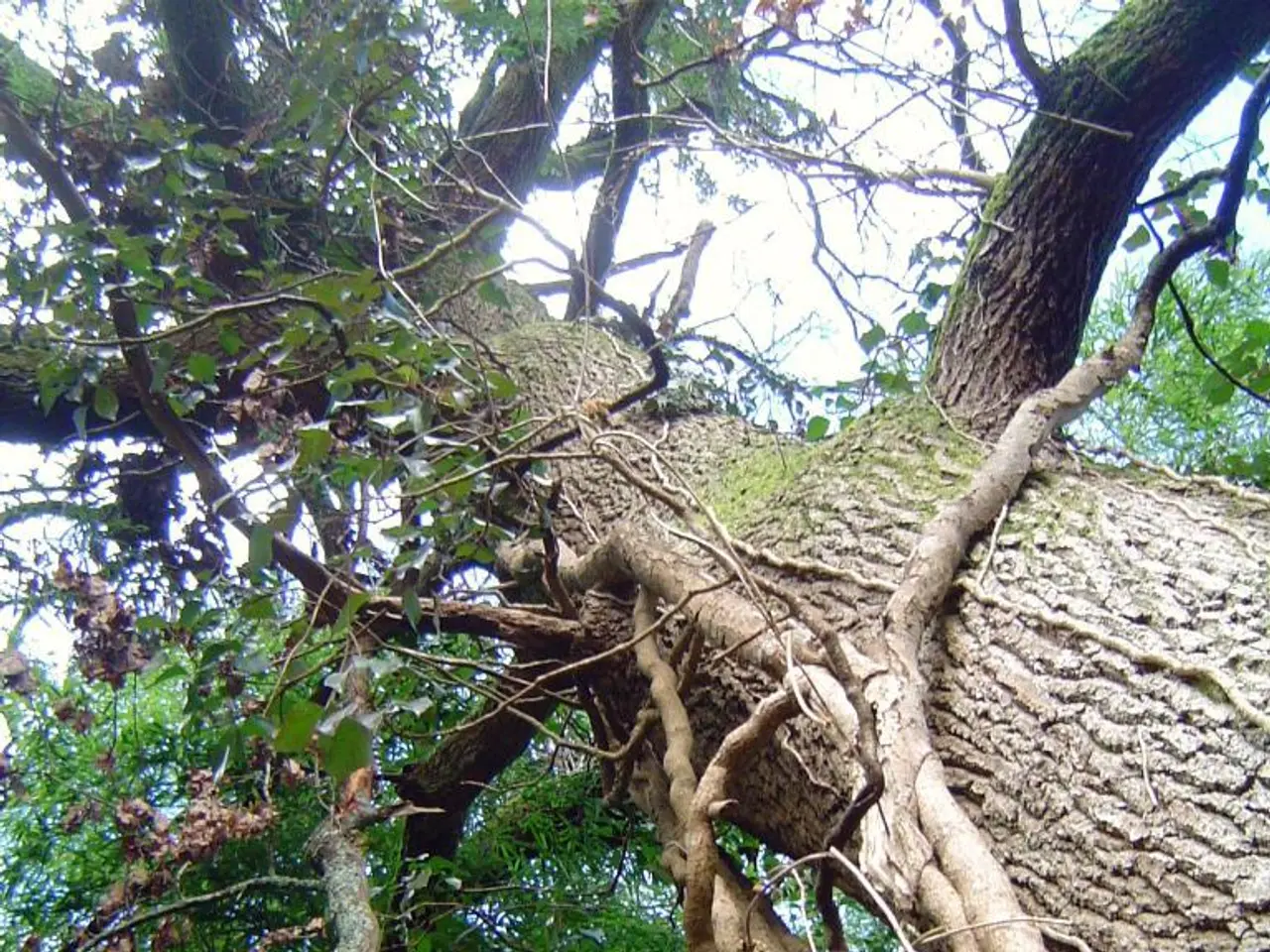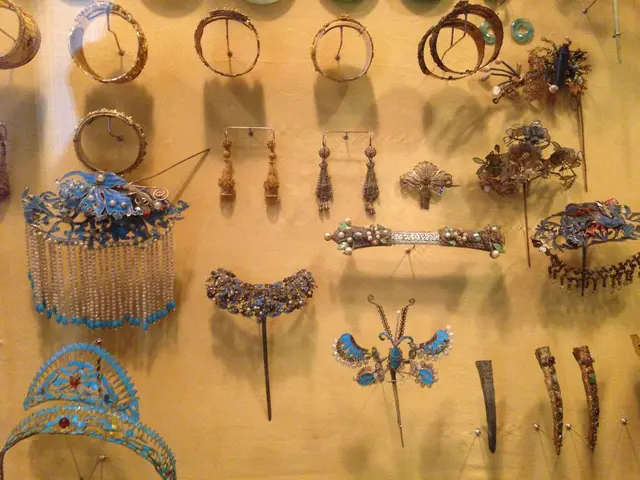Spring Pruning: Reasons to Cut Back These 8 Tree Species Now
Spring is a crucial time for garden maintenance, and one of the essential tasks is pruning. Different trees respond differently to pruning, and understanding the best approach for each species can significantly impact their health and growth. Here's a guide to pruning several common trees during the spring season.
Fruit Trees (Young Apple, Cherry, Plum Trees)
Young fruit trees benefit from spring pruning to encourage a strong structure and healthy growth before the growing season. Techniques such as thinning, heading, and pinching are commonly used to shape these trees. Thinning involves removing crowded, crossing, or dead branches to improve air circulation and light penetration, enhancing fruit quality. Heading cuts back long shoots to lateral buds to stimulate branching, while pinching removes soft growing tips to control size and promote lateral growth.
Lawson Cypress and Red Cedar
Coniferous trees like Lawson Cypress and Red Cedar generally benefit from light spring pruning to maintain shape and remove any dead or damaged branches. Heavy pruning into old wood should be avoided as these trees may not regrow well from it. Light thinning and shaping promote good airflow and healthy growth.
Magnolia
Spring pruning can help maintain size and structure in magnolia trees, but pruning should be done soon after flowering to avoid cutting off next year’s flower buds, which develop shortly after blooming. Remove deadwood and any crossing branches during this process.
Beech Trees
Prune beech trees in spring to remove dead, diseased, or crossing branches. This helps maintain a strong branch structure and improves airflow within the canopy. Light thinning is preferred to avoid stressing the tree.
Elm Trees
Elm pruning is generally done in the dormant season (October to March), so spring pruning is not recommended for elms to avoid disease risk and promote good healing.
How to Prune in Spring
- Use clean, sharp tools to make precise cuts. - Remove dead, diseased, or crossing branches first. - Thin crowded areas to improve air and light penetration. - Shape the tree to maintain the desired form and encourage healthy growth. - For fruit trees, encourage a balanced structure to maximize fruit exposure to sunlight.
When pruning the Red Cedar, avoid pruning in bright sun as the foliage is sensitive to both light and temperature and may scorch. Young apple trees, under eight years old, may benefit from a prune around early springtime to keep the tree size and shape under control in your garden design and to help channel the tree's energy resources on growing fruit.
The Lawson Cypress is a tree that benefits from pruning in spring and autumn. Use secateurs on branches smaller than 1cm diameter and shears or a pruning saw on larger ones. When pruning the Lawson Cypress, cut the branch at an angle of around 60 degrees but avoid cutting anywhere near the collar of the branch. Always trim larger branches several inches away from the collar. Jamie Shipley, gardening expert and managing director of Hedges Direct, suggests using sharp and disinfected tools to prune the Lawson Cypress.
In summary, fruit trees, many conifers like Lawson Cypress and Red Cedar, magnolia, and beech trees benefit from spring pruning, mainly through thinning and shaping to promote healthy, vigorous growth and fruiting. Elm trees should be pruned in the dormant season, not spring. Proper pruning techniques can significantly enhance the health and appearance of your trees, making your garden a more enjoyable space.
- Young fruit trees, such as apple, cherry, and plum trees, benefit from spring pruning to shape them effectively and encourage healthy growth.
- To maintain the shape and remove dead or damaged branches of Lawson Cypress and Red Cedar, light spring pruning is recommended.
- Pruning of magnolia trees should be done soon after flowering in the spring to maintain size and structure, while avoiding cutting off next year’s flower buds.
- For beech trees, pruning in the spring helps maintain a strong branch structure by removing dead, diseased, or crossing branches.
- Elm pruning is not recommended in the spring due to the risk of disease and for promoting good healing, and should instead be done during the dormant season.
- Spring pruning techniques for fruit trees, Lawson Cypress, Red Cedar, magnolia, and beech trees involve using clean, sharp tools to make precise cuts and thinning crowded areas to improve air and light penetration, enhancing the health and appearance of your trees and your garden's overall design.




